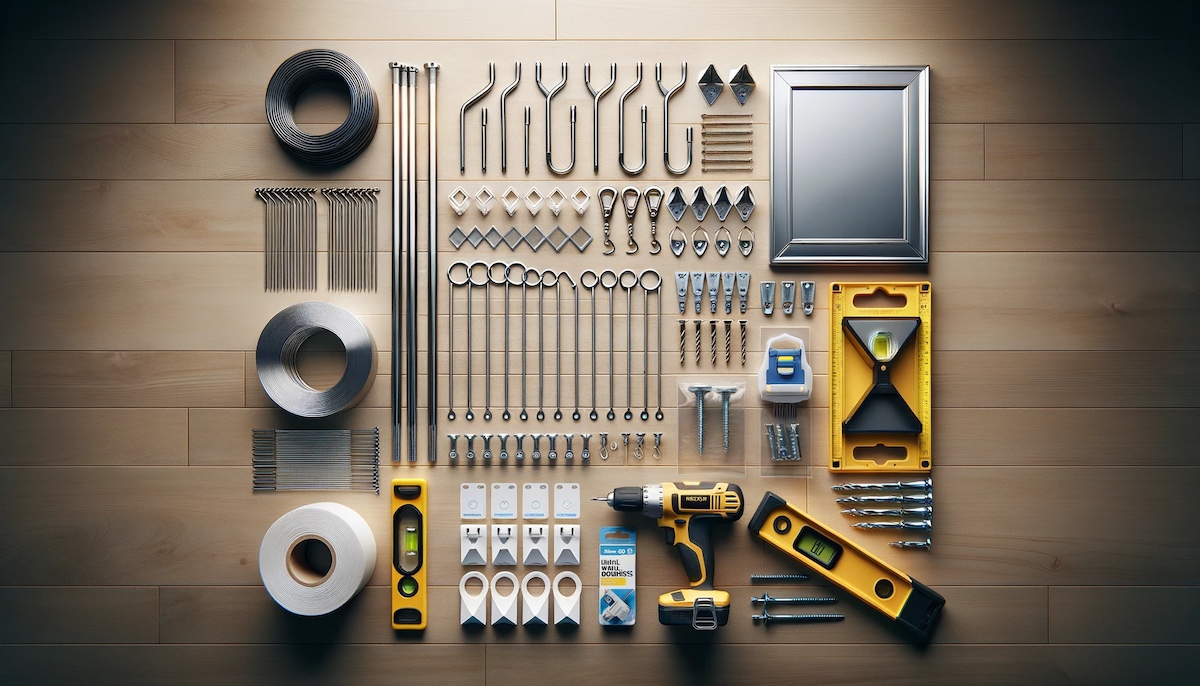

Articles
What To Hang Mirrors With
Modified: January 7, 2024
Discover the best articles on what to hang mirrors with and make sure your mirrors are securely and beautifully displayed in your home.
(Many of the links in this article redirect to a specific reviewed product. Your purchase of these products through affiliate links helps to generate commission for Storables.com, at no extra cost. Learn more)
Introduction
Decorative mirrors are a versatile and stylish addition to any room. Whether you’re looking to create the illusion of space, enhance natural light, or simply add a touch of elegance, hanging mirrors can instantly transform the ambiance of a space. However, choosing the right hanging hardware and properly installing mirrors can be a daunting task.
In this article, we will explore different options for hanging mirrors and provide you with a step-by-step guide to ensure a secure installation. By understanding the various hanging hardware options and considering important factors, such as mirror weight, wall material, and desired placement, you can confidently hang your mirrors with ease.
So, let’s dive in and discover the best methods and tips for hanging mirrors!
Key Takeaways:
- Choosing the right hanging hardware, such as wire and D-rings, mirror mounting clips, French cleats, adhesive hooks, picture hanging strips, or sawtooth hangers, is crucial for a secure and visually appealing mirror installation.
- Consider factors like the weight and size of the mirror, wall material, stud location, desired placement, and height to ensure a successful and safe mirror hanging process. Following a step-by-step guide and consulting manufacturer’s instructions is essential for a secure and stable installation.
Choosing the Right Hanging Hardware
When it comes to hanging mirrors, selecting the appropriate hanging hardware is crucial to ensure stability and prevent accidents. The right choice of hardware will depend on factors such as the mirror’s weight, wall material, and personal preference. Let’s explore some common options for hanging mirrors:
- Wire and D-rings: This is one of the most popular methods for hanging mirrors. It involves attaching a wire between two D-rings mounted on the back of the mirror. The wire is then hung on a hook or nail on the wall.
- Mirror Mounting Clips: These clips provide a secure and discreet way to hang frameless mirrors. They are attached to the edges of the mirror and hold it in place against the wall.
- French Cleats: A French cleat consists of two interlocking strips that are securely mounted on the mirror and the wall. This method provides excellent stability for larger and heavier mirrors.
- Adhesive Hooks: If you’re looking for a quick and easy hanging solution, adhesive hooks can be a convenient option. They are designed to stick to the wall and can hold lightweight mirrors.
- Picture Hanging Strips: Similar to adhesive hooks, picture hanging strips offer a hassle-free installation process. These strips have a strong adhesive on both sides and can securely hold mirrors on the wall.
- Sawtooth Hangers: Sawtooth hangers are small metal brackets with jagged edges attached to the back of the mirror. They can be easily mounted on a hook or nail on the wall.
Before deciding on the hanging hardware, it’s important to take into consideration the weight and size of the mirror, the type of wall material you’re working with, and your desired placement. This will help you determine which option is best suited for your specific needs.
Now that we have explored the different types of hanging hardware available, let’s delve into the factors to consider before hanging a mirror.
Common Options for Hanging Mirrors
When it comes to hanging mirrors, there are several common options to choose from. Each option offers its own advantages and considerations. Let’s take a closer look at these options:
- Wire and D-rings: This is a versatile and widely used method for hanging mirrors. It involves mounting two D-rings on the back of the mirror and attaching a wire between them. The wire is then hung on a hook or nail on the wall. This method provides stability and allows for easy adjustment of the mirror’s position.
- Mirror Mounting Clips: If you have a frameless mirror, mirror mounting clips are an excellent option. These clips are attached to the edges of the mirror and hold it securely against the wall. They provide a clean and sleek look, as the clips are practically invisible when mounted properly.
- French Cleats: French cleats are a popular choice for larger and heavier mirrors. They consist of two interlocking metal strips—one mounted on the back of the mirror and the other on the wall. The interlocking design provides exceptional stability and ensures that the mirror remains securely in place.
- Adhesive Hooks: Adhesive hooks are a convenient and straightforward option for lightweight mirrors. They come with a strong adhesive backing that adheres to the wall. Simply peel off the protective covering and press the hook firmly onto the wall. These hooks are ideal for renters who want to avoid drilling holes in the wall.
- Picture Hanging Strips: Picture hanging strips offer another no-drill option for hanging mirrors. These strips have adhesive on both sides and are designed to stick to both the back of the mirror and the wall. The strips provide a secure hold and can be easily removed without damaging the wall surface.
- Sawtooth Hangers: Sawtooth hangers consist of a metal bracket with jagged edges that are attached to the back of the mirror. The hanger is then hung on a nail or hook on the wall. This method is simple and effective, especially for smaller mirrors.
When deciding which method to use, consider factors such as the weight and size of the mirror, the type of wall surface, and your personal preference. Additionally, it’s important to follow the manufacturer’s instructions for each specific hanging hardware to ensure a secure and stable installation.
Now that we have explored the common options for hanging mirrors, let’s discuss the factors to consider before choosing the right hanging method.
Wire and D-rings
The wire and D-rings method is a popular and versatile option for hanging mirrors. It provides stability and allows for easy adjustment of the mirror’s position. Here’s how to use this hanging hardware:
- Begin by measuring and marking the desired placement of the D-rings on the back of the mirror. Make sure to place them at an equal distance from the top edges of the mirror.
- Drill pilot holes at the marked spots.
- Attach the D-rings to the back of the mirror using screws or nails. Make sure they are securely fastened.
- Cut a length of wire that is slightly longer than the distance between the D-rings.
- Thread one end of the wire through a D-ring, then twist the wire around itself to secure it in place. Repeat this process with the other end of the wire and the remaining D-ring.
- Before hanging the mirror, locate the desired position on the wall and mark it with a pencil or painter’s tape.
- Install a hook or nail on the wall at the marked position. Ensure that the hook is securely fastened to a wall stud or using a wall anchor for added support.
- Hang the wire on the hook or nail, adjusting the tension as needed to level the mirror.
- Step back and check the mirror’s position and levelness. Make any necessary adjustments.
It’s important to ensure that the wire is properly secured to the D-rings and that the hook or nail on the wall is appropriate for the weight of the mirror. If the mirror is particularly heavy, consider using multiple D-rings and wires for added stability.
Before attempting to hang a mirror using the wire and D-rings method, always check the manufacturer’s guidelines and recommendations for weight limits and proper installation techniques.
This method is versatile and suitable for a wide range of mirror sizes and weights. However, it may be best to use additional hanging hardware, such as wall anchors or screws, if you are hanging a large or heavy mirror to provide extra support.
Now that we have covered the wire and D-rings method, let’s explore another option for hanging mirrors, mirror mounting clips.
Mirror Mounting Clips
If you have a frameless mirror, mirror mounting clips provide a secure and discreet way to hang it. These clips are specifically designed to hold frameless mirrors in place against the wall. Here’s how to use mirror mounting clips:
- Start by determining the desired placement of the mirror on the wall. Use a pencil or painter’s tape to mark the position.
- Measure the width and height of the mirror to determine the number of clips needed. As a general rule, it’s recommended to use four clips, with one clip for each corner.
- Place the mirror mounting clips at each corner of the mirror, aligning them with the marked positions on the wall.
- Using a drill or screwdriver, secure the mounting clips to the wall. Make sure they are tightly fastened and align with the edges of the mirror.
- Gently position the mirror onto the mounting clips, ensuring that it fits securely.
- Check the alignment and levelness of the mirror. Adjust the clips if necessary to ensure the mirror is straight.
Mirror mounting clips offer a clean and minimalist look since they are practically invisible when properly installed. They provide a strong hold and prevent the mirror from shifting or slipping.
It’s important to use the appropriate size and type of mirror mounting clips for your specific mirror. Check the weight and thickness specifications of the clips to ensure they can adequately support the mirror’s size and weight.
When installing mirror mounting clips, consider the wall material you are working with. For example, if you have drywall, use wall anchors for added stability.
Now that we have covered mirror mounting clips, let’s move on to the next option: French cleats.
Read more: How To Hang Mirror On The Ceiling
French Cleats
French cleats are a popular choice for hanging larger and heavier mirrors. This method provides exceptional stability and ensures that the mirror remains securely in place. Here’s how to use French cleats for hanging mirrors:
- Measure and mark the desired placement of the mirror on the wall. Use a level to ensure accuracy.
- Attach one piece of the French cleat to the back of the mirror, positioning it horizontally with the angled side facing up.
- Secure the cleat to the mirror using screws or nails. Make sure it’s firmly attached and doesn’t protrude from the back of the mirror.
- Hold the other piece of the French cleat against the wall, aligning it with the cleat on the mirror.
- Mark the screw hole locations on the wall through the holes in the cleat.
- Drill pilot holes at the marked positions on the wall.
- Secure the cleat to the wall using screws, making sure it is level and aligned with the cleat on the mirror.
- Lower the mirror onto the wall-mounted cleat, making sure it fits securely.
- Check the levelness and adjust as needed to ensure the mirror is straight.
French cleats provide a strong and secure method for hanging mirrors, especially larger ones. The interlocking design of the cleats distributes the weight of the mirror evenly, preventing any tilting or slipping.
It’s important to choose the correct size and weight capacity of the French cleats to accommodate the specific mirror you are hanging. Be mindful of the wall material and use appropriate hardware, such as wall anchors or screws, for added stability if necessary.
French cleats may require additional effort and precision during the installation process, but they offer excellent support and peace of mind once properly installed.
Now that we have covered French cleats, let’s explore another option for hanging mirrors: adhesive hooks.
Adhesive Hooks
If you’re looking for a quick and easy hanging solution for lightweight mirrors, adhesive hooks can be a convenient option. They provide a simple installation process without the need for drilling or using tools. Here’s how to hang a mirror using adhesive hooks:
- Clean the wall surface where you plan to hang the mirror. Make sure it’s free from dust, dirt, and moisture.
- Select adhesive hooks that are suitable for the weight of your mirror. It’s important to check the weight capacity and follow the manufacturer’s guidelines.
- Remove the protective backing from the adhesive hook, exposing the sticky surface.
- Press the adhesive hook firmly against the wall, holding it in place for a few seconds to ensure proper adhesion.
- Repeat the above steps for the remaining adhesive hooks, evenly spacing them for balanced support.
- Allow the adhesive hooks to set and bond with the wall according to the manufacturer’s instructions. This usually takes a few hours or overnight.
- Gently hang the mirror on the adhesive hooks, making sure it fits securely.
- Check the levelness and adjust as needed to ensure the mirror is straight.
Adhesive hooks offer a convenient hanging option, especially for renters who want to avoid damaging the wall. They are easy to install and can be easily removed without leaving behind any residue or damage.
It’s important to properly assess the weight and size of your mirror before using adhesive hooks. Make sure to choose hooks that can adequately support the mirror without risk of falling or damage.
Adhesive hooks work best on smooth and clean surfaces, such as painted walls or tiles. They may not adhere well to rough or textured walls, so ensure that the wall surface is suitable before using adhesive hooks for your mirror.
Now that we have covered adhesive hooks, let’s explore another option for hanging mirrors: picture hanging strips.
Picture Hanging Strips
Picture hanging strips are a popular choice for hanging mirrors, offering a hassle-free installation process without the need for tools or drilling. These strips have adhesive on both sides and are designed to securely hold mirrors on the wall. Here’s how to hang a mirror using picture hanging strips:
- Clean the wall surface where you plan to hang the mirror. Ensure it is free from dust, dirt, and moisture.
- Select picture hanging strips that are suitable for the weight of your mirror. It’s important to check the weight capacity and follow the manufacturer’s guidelines.
- Remove the protective backing from one side of the picture hanging strip and press it firmly against the back of the mirror.
- Remove the protective backing from the other side of the strip and align the mirror with the desired position on the wall.
- Press the mirror against the wall, holding it in place for a few seconds to ensure proper adhesion.
- Repeat the above steps for the remaining picture hanging strips, evenly spacing them for balanced support.
- Allow the picture hanging strips to set and bond with the wall according to the manufacturer’s instructions.
- Check the levelness and adjust as needed to ensure the mirror is straight.
Picture hanging strips offer a convenient and damage-free hanging solution for mirrors. They securely hold the mirror in place and are easy to remove without leaving any residue or damaging the wall surface.
It’s important to select picture hanging strips that are appropriate for the weight and size of your mirror. Make sure to follow the weight capacity guidelines provided by the manufacturer to ensure a secure and stable hanging solution.
Picture hanging strips work best on smooth and clean surfaces, such as painted walls or tiles. Ensure that the wall surface is suitable for adhesive bonding before using picture hanging strips for your mirror.
Now that we have covered picture hanging strips, let’s explore another option for hanging mirrors: sawtooth hangers.
Use heavy-duty picture hanging hooks or wall anchors to hang mirrors securely. Make sure to use a level to ensure the mirror is straight before securing it to the wall.
Sawtooth Hangers
Sawtooth hangers are a simple and effective method for hanging mirrors, especially smaller ones. These hangers consist of a small metal bracket with serrated edges, resembling the teeth of a saw. Here’s how to hang a mirror using sawtooth hangers:
- Measure and mark the desired placement of the mirror on the wall. Use a level to ensure accuracy.
- Position the sawtooth hanger on the back of the mirror, aligning it with the top edge.
- Mark the screw hole locations through the holes in the hanger.
- Drill pilot holes at the marked positions on the back of the mirror.
- Line up the sawtooth hanger with the pilot holes and attach it securely to the mirror using screws or nails.
- Hold the mirror against the wall at the desired position, aligning it with the marked location.
- Using a level, ensure that the mirror is straight and adjust as needed.
- Once the mirror is positioned correctly, mark the wall through the holes in the sawtooth hanger.
- Remove the mirror and drill pilot holes at the marked positions on the wall.
- Secure the sawtooth hanger to the wall using screws or nails, making sure it is straight and level.
- Hang the mirror on the wall-mounted sawtooth hanger, ensuring a secure fit.
Sawtooth hangers provide a reliable and straightforward solution for hanging mirrors, especially those without frames. They are easy to install and offer a secure hold, preventing the mirror from slipping or shifting.
It’s important to choose the appropriate size of sawtooth hangers for your mirror, considering its weight and size. Follow the manufacturer’s guidelines for weight limits and installation instructions to ensure a proper and stable hanging solution.
When installing sawtooth hangers, be mindful of the wall material you are working with. Use appropriate hardware, such as wall anchors or screws, for added stability if necessary.
Now that we have covered sawtooth hangers, we have explored various options for hanging mirrors. Remember, always consider the weight, size, and wall material when choosing the hanging hardware for your mirror, and follow the manufacturer’s instructions for a secure and successful installation.
Read more: How To Hang Gym Mirrors
Factors to Consider Before Hanging a Mirror
Before you hang a mirror, there are several important factors to consider to ensure a successful and safe installation. Taking these factors into account will help you determine the right hanging method and ensure the mirror is securely mounted. Here are some key factors to consider:
- Weight and Size of the Mirror: The weight and size of the mirror will play a significant role in choosing the appropriate hanging hardware. Heavier mirrors will require stronger and more secure hanging options, such as French cleats or wire and D-rings. Larger mirrors may also require multiple mounting points to distribute the weight evenly.
- Wall Material and Stud Location: Understanding the type of wall material you have will help you determine the best way to hang the mirror. For drywall, it’s essential to locate the studs for added support. If you have a plaster or masonry wall, it may require specific hardware or tools for mounting. Consider using wall anchors or toggle bolts when studs are not available.
- Desired Placement and Height: Consider the location where you want to hang the mirror and the purpose it serves. If you’re hanging the mirror in a bathroom, make sure it’s positioned at a suitable height for easy use. If it’s a decorative mirror in a living room or hallway, think about the optimal placement to enhance the overall aesthetic appeal and create a focal point.
- Reflective Surface and Natural Light: When hanging a mirror, consider the reflective surface and how it will impact the room. A mirror can help enhance natural light by reflecting it around the space. Take into account the angles and placement of the mirror to maximize the light effect and create a bright and open feel.
- Mirror Frame and Style: The style and design of the mirror frame can influence the hanging method. Some frames may already have built-in hanging hardware or specific instructions for installation. Consider the aesthetics of the frame and how it complements the overall decor of the room.
By taking these factors into consideration, you can make an informed decision about the hanging method that best suits your mirror and space. It’s also essential to carefully read and follow the manufacturer’s instructions for the specific hanging hardware you choose.
Now that we have explored the key factors to consider, let’s move on to a step-by-step guide for hanging mirrors to ensure a successful installation.
Weight and Size of the Mirror
Before hanging a mirror, it’s important to consider the weight and size of the mirror. These factors will determine the appropriate hanging method and the required strength of the hanging hardware. Here’s what to keep in mind:
Weight: The weight of the mirror will determine the level of support it needs. Heavier mirrors will require stronger and more secure hanging options to ensure they stay in place. Hanging a heavy mirror improperly can not only damage the wall but also pose a safety risk. It’s crucial to choose the appropriate hardware that can support the weight of the mirror.
Size: The size of the mirror is also a determining factor in the hanging process. Larger mirrors may require multiple mounting points to distribute the weight evenly and provide stability. Additionally, the size of the mirror will impact the visual impact it has on the room. Consider the dimensions of the mirror and how it fits within the space you have in mind.
When considering the weight and size of the mirror, it’s essential to consult the manufacturer’s specifications. These specifications will provide information on the recommended hanging methods, weight limits, and any specific hardware requirements. It’s crucial to follow these guidelines to ensure a secure and successful installation.
Some common hanging methods that can accommodate different weights and sizes of mirrors include:
- Wire and D-rings: This method is suitable for a wide range of mirror sizes and weights. The wire is attached to D-rings secured on the back of the mirror, providing stability and adjustability.
- French Cleats: French cleats are excellent for larger and heavier mirrors. They use interlocking metal strips, one attached to the mirror and the other on the wall, to ensure secure and stable hanging.
- Mirror Mounting Clips: These clips are specifically designed for frameless mirrors and provide a secure hold along the edges.
By considering the weight and size of the mirror, you can choose the appropriate hanging hardware and ensure that it will adequately support the mirror. This will not only prevent accidents and damage but also provide peace of mind knowing that your mirror is securely hung in its designated spot.
With the weight and size of the mirror accounted for, let’s move on to the next factor to consider before hanging a mirror: the wall material and stud location.
Wall Material and Stud Location
The type of wall material you have and the location of studs are important factors to consider before hanging a mirror. The wall material will determine the appropriate hanging hardware, while the stud location will ensure proper support for the weight of the mirror. Here’s what you need to know:
Wall Material: Different wall materials require different hanging methods. Here are some common types of wall materials and the suitable hanging options:
- Drywall: For drywall, it’s crucial to locate wall studs for a secure installation. Studs are the vertical wooden or metal beams behind the drywall that provide extra support. Using a stud finder, locate the studs and choose a hanging method that allows you to attach the mirror to the studs. Common options include using screws, nails, or wall anchors for added stability.
- Plaster or Masonry: Plaster or masonry walls are more challenging to work with as they are denser and more fragile. Specialized hardware, such as anchors or toggle bolts, may be needed to securely hang the mirror on these surfaces. Carefully follow the manufacturer’s instructions for the specific hardware to ensure a stable installation and avoid wall damage.
- Tiles: Tiles can add an additional layer of complexity when hanging mirrors. It’s important to use appropriate hardware designed specifically for tile surfaces. Consider using tile anchors or adhesive hooks that are suitable for tile adhesion to ensure the mirror stays in place without damaging the tiles.
Stud Location: Studs provide the most secure anchoring points for hanging heavy mirrors. Depending on the size and weight of the mirror, it’s recommended to attach it to at least one or two studs for maximum support. Use a stud finder or a tapping technique to locate studs behind the wall. A stud finder is a handy tool that uses a sensor to detect changes in density, indicating the presence of a stud. Once you locate the studs, choose a hanging method that allows you to attach the mirror securely to the studs, such as using screws or hooks.
By considering the wall material and locating studs, you can ensure a secure and stable installation for your mirror. Properly attaching the mirror to studs or using appropriate hardware for different wall materials will help prevent accidents and damage to the wall.
With the wall material and stud location accounted for, let’s move on to the next factor to consider: the desired placement and height of the mirror.
Desired Placement and Height
Before hanging a mirror, it’s important to consider the desired placement and height within the space. The placement and height of the mirror can significantly impact its functionality and aesthetic appeal. Here are some factors to consider:
Function and Purpose: Think about the purpose of the mirror and how it will be used in the room. For example, if you’re hanging a mirror in the bathroom, consider placing it at a height that allows you to comfortably see yourself in it. If the mirror is meant for decorative purposes, think about the desired focal point or visual impact it will have on the space.
Enhancing Light and Space: Mirrors have the incredible ability to reflect light and create a sense of openness in a room. Consider the placement of the mirror to maximize its ability to enhance natural light and make the space appear larger. Placing a mirror opposite a window or in a strategic location can help bounce light around the room, creating a brighter and more spacious feel.
Furniture and Architecture: Take into account the surrounding furniture and architecture when determining the placement of the mirror. Consider how the mirror will interact with other elements in the space. It’s important to position the mirror in a way that complements the overall aesthetics and balances the visual composition of the room.
Eye Level Placement: In most cases, it’s recommended to hang mirrors at eye level for optimal functionality and visual appeal. This allows for easy and convenient use of the mirror, whether it’s for checking your appearance or reflecting the room. However, there may be exceptions depending on the specific purpose and style of the mirror. For example, an oversized statement mirror may be intentionally positioned higher to create a dramatic effect.
By carefully considering the desired placement and height of the mirror, you can ensure that it will serve its purpose effectively and enhance the overall aesthetics of the space. Keep in mind the functionality, light enhancement, furniture arrangement, and eye level placement to create a visually pleasing and balanced environment.
With the desired placement and height determined, let’s move on to the step-by-step guide for hanging mirrors.
Read more: How To Hang A Dresser Mirror On The Wall
Step-by-Step Guide for Hanging Mirrors
Hanging a mirror may seem like a daunting task, but with the right approach and tools, it can be a straightforward process. Follow these step-by-step instructions to ensure a successful installation:
- Gather your tools and materials: Before you begin, gather all the necessary tools and materials for hanging the mirror. This may include a measuring tape, level, pencil, stud finder, screws or nails, hanging hardware (such as wire and D-rings, mirror mounting clips, French cleats, adhesive hooks, or sawtooth hangers), drill or screwdriver, and wall anchors if needed.
- Prepare the mirror: Inspect the back of the mirror to determine the type of hanging hardware required. If necessary, attach the chosen hanging hardware securely to the mirror according to the manufacturer’s instructions.
- Measure and mark: Measure the desired placement of the mirror on the wall. Use a measuring tape and level to ensure accuracy. Mark the top, bottom, and sides of the mirror’s location with a pencil.
- Locate studs: If possible, use a stud finder to locate wall studs behind the wall. Mark the location of the studs with a pencil, as this will be where you’ll want to focus your hanging hardware for added support.
- Pre-drill holes: If you need to attach the mirror to a stud, use a drill and appropriate bit size to pre-drill pilot holes at the marked stud locations. If you’re not attaching the mirror to a stud, use wall anchors according to the manufacturer’s instructions for added support.
- Install the hanging hardware: Attach the chosen hanging hardware securely to the wall using screws, nails, or adhesive, based on the instructions provided. Make sure the hardware is level and aligned with the markings on the wall.
- Hang the mirror: Carefully hang the mirror on the installed hardware, ensuring that it is level and securely in place. If using wire and D-rings, make sure the wire is appropriately adjusted for balance and stability.
- Check alignment and levelness: Step back and check the mirror’s alignment and levelness. Make any necessary adjustments by slightly moving the mirror or the hanging hardware until the desired position is achieved.
- Secure the mirror: Once you’re satisfied with the mirror’s position, tighten any screws or fasteners to secure the mirror firmly in place.
- Double-check: Give the mirror a final inspection to ensure it is securely mounted and level. Confirm that it doesn’t wobble or shift when gently touched.
Following these steps will help you hang your mirror safely and securely. Remember to always refer to the manufacturer’s instructions for your specific hanging hardware and consider any weight limits or other guidelines provided. If in doubt, consult a professional for assistance.
Now that you have successfully hung your mirror, step back and enjoy the transformed space and the added beauty and functionality it brings!
Conclusion
Hanging mirrors can be a simple and rewarding task when you have the right knowledge and tools at your disposal. By considering factors such as the weight and size of the mirror, wall material and stud location, desired placement and height, you can ensure a secure and visually appealing installation.
Choosing the right hanging hardware, such as wire and D-rings, mirror mounting clips, French cleats, adhesive hooks, picture hanging strips, or sawtooth hangers, is crucial to provide stability and prevent accidents. Each option offers its own advantages and considerations, so make sure to select the one that best suits your mirror and wall type.
Additionally, following a step-by-step guide that includes measuring, marking, locating studs, installing hanging hardware, and securely hanging the mirror will guarantee a successful outcome. Taking the time to check the alignment and levelness of the mirror, and making any necessary adjustments, will ensure it looks and functions as desired.
Lastly, it’s essential to consult the manufacturer’s instructions for your specific hanging hardware and weigh any weight limits or guidelines provided. Safety should always be a priority to prevent damage to the mirror, the wall, and potential injuries.
Now that you have the knowledge and confidence to hang mirrors properly, you can enhance the visual appeal, function, and ambiance of any space. So, go ahead and transform your walls with beautifully hung mirrors!
Frequently Asked Questions about What To Hang Mirrors With
Was this page helpful?
At Storables.com, we guarantee accurate and reliable information. Our content, validated by Expert Board Contributors, is crafted following stringent Editorial Policies. We're committed to providing you with well-researched, expert-backed insights for all your informational needs.
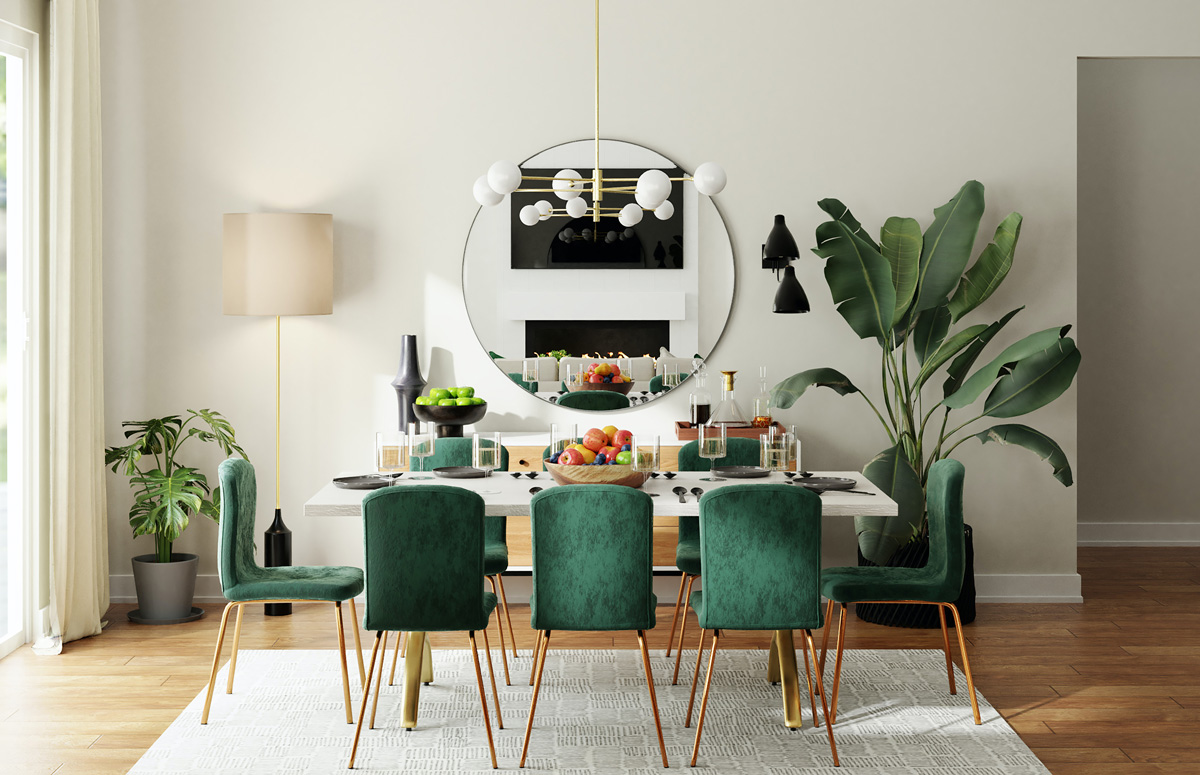
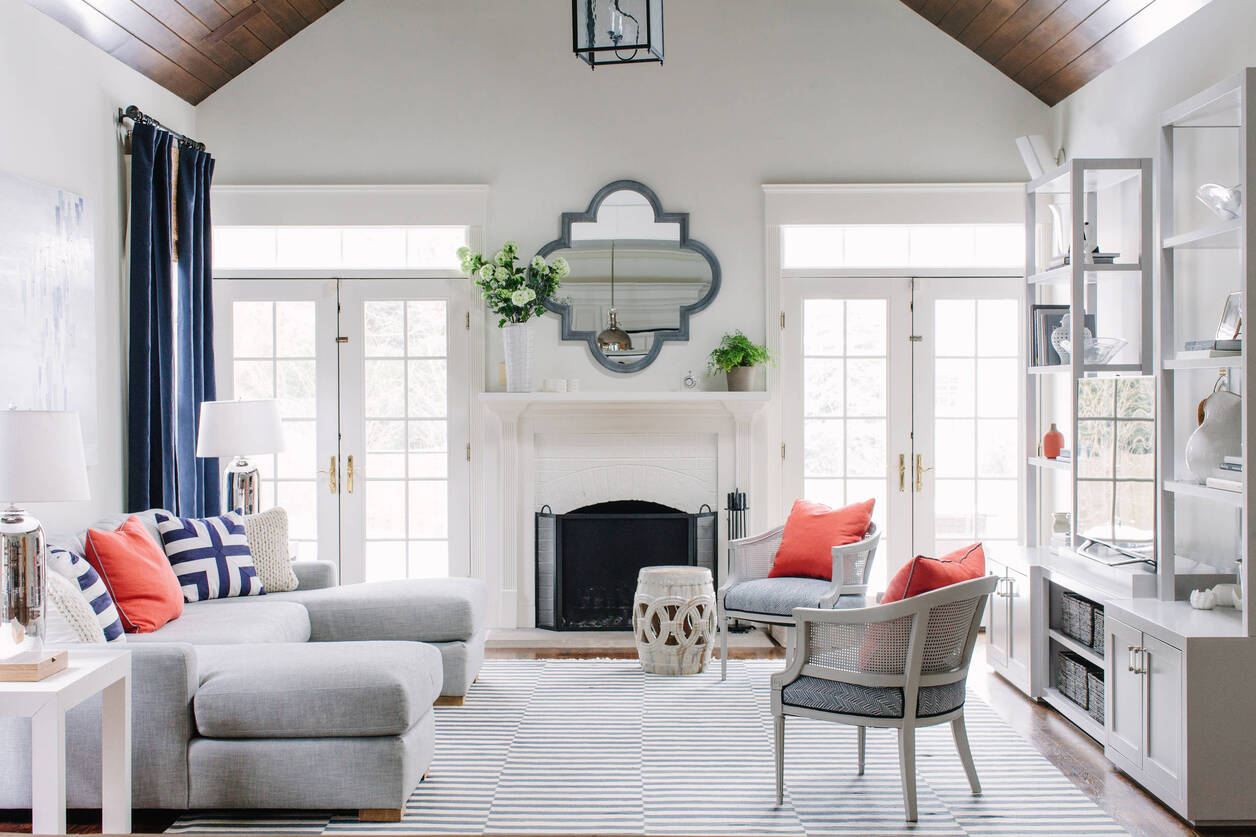
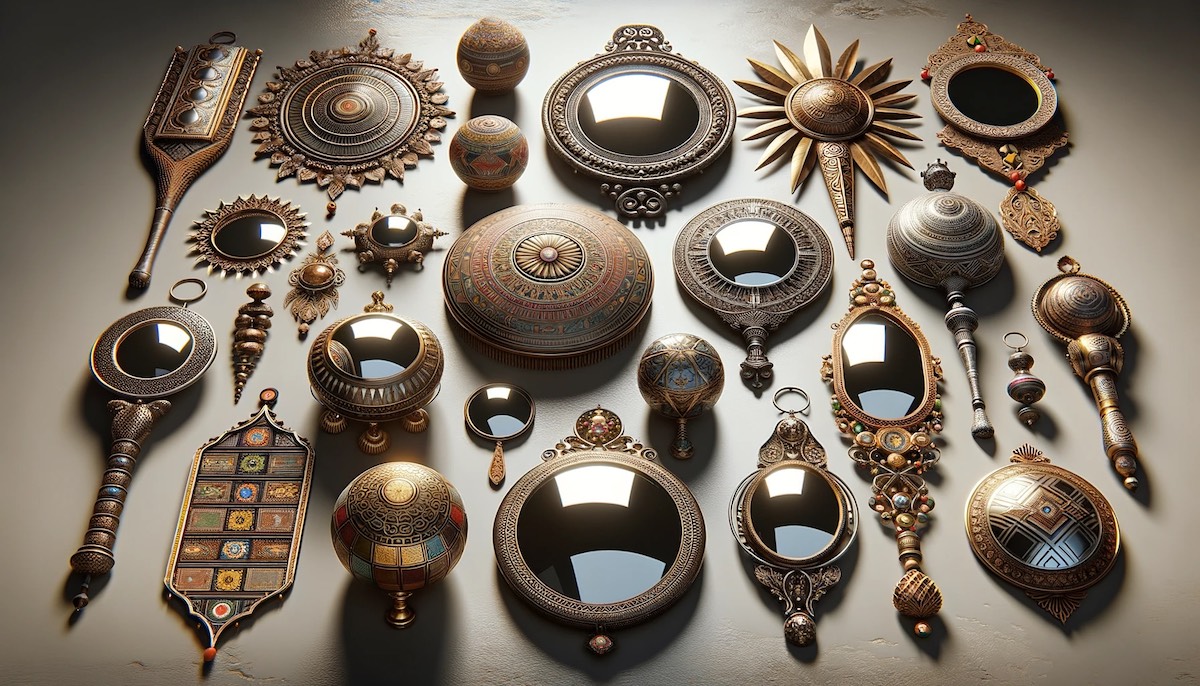
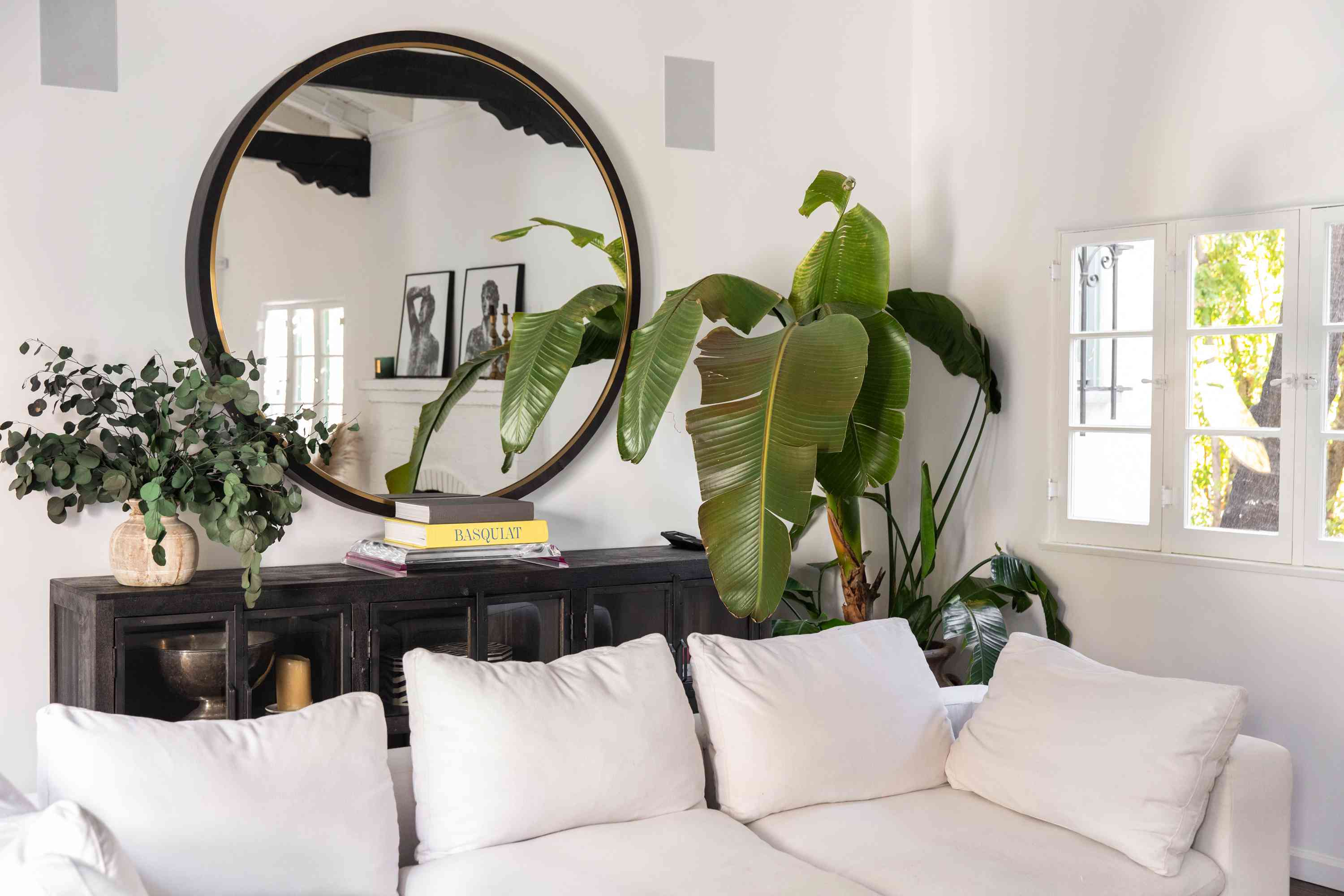
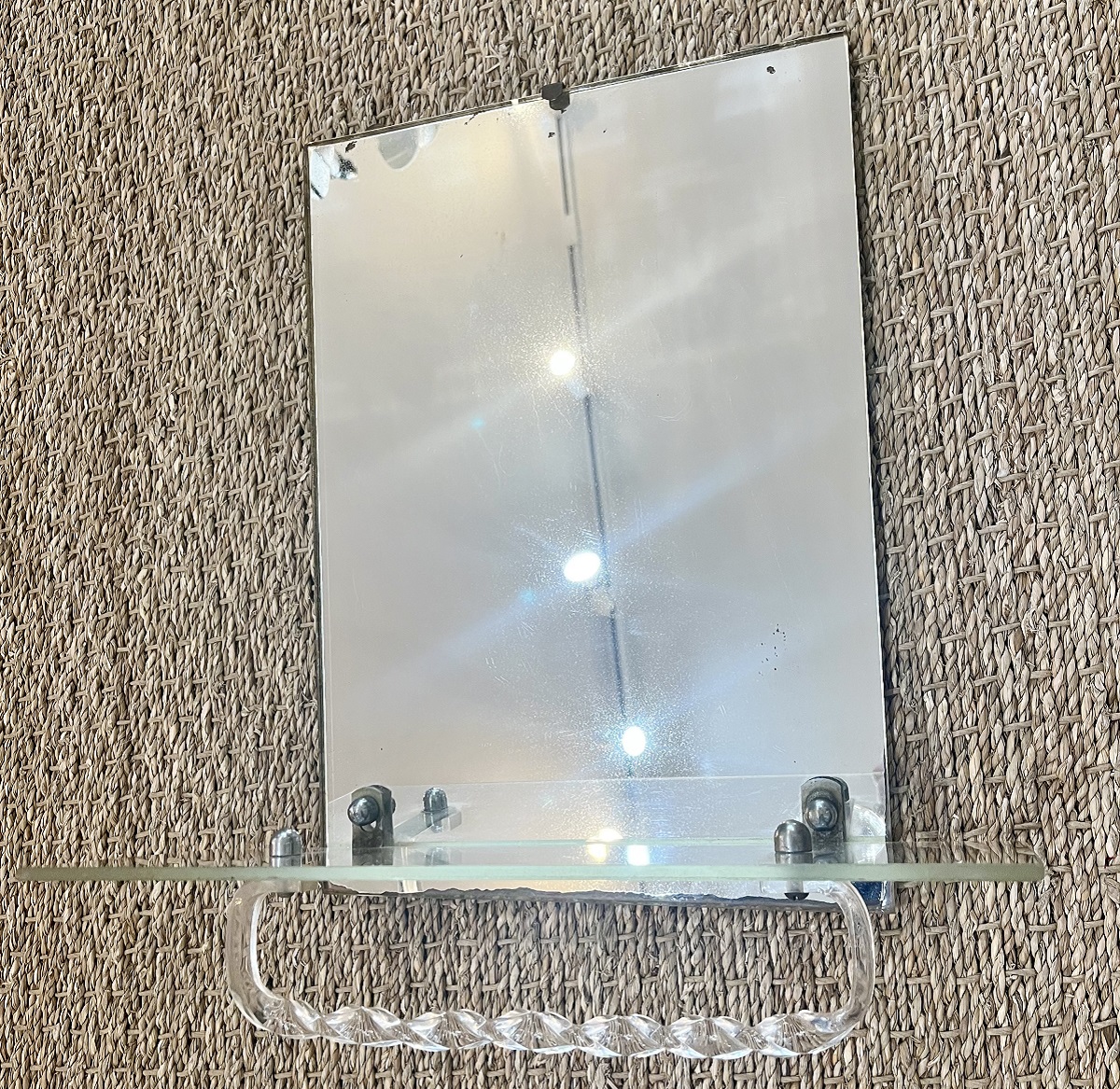
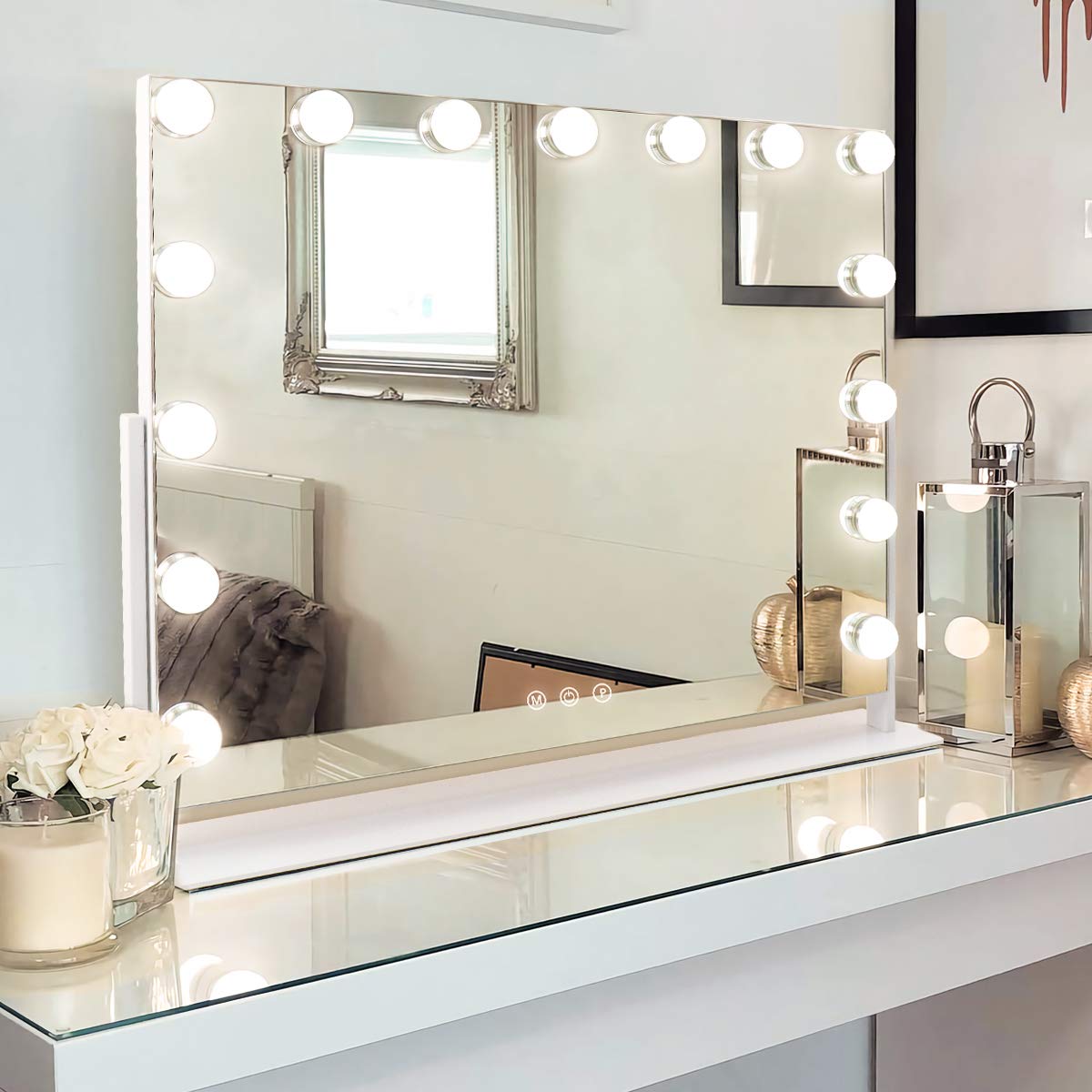

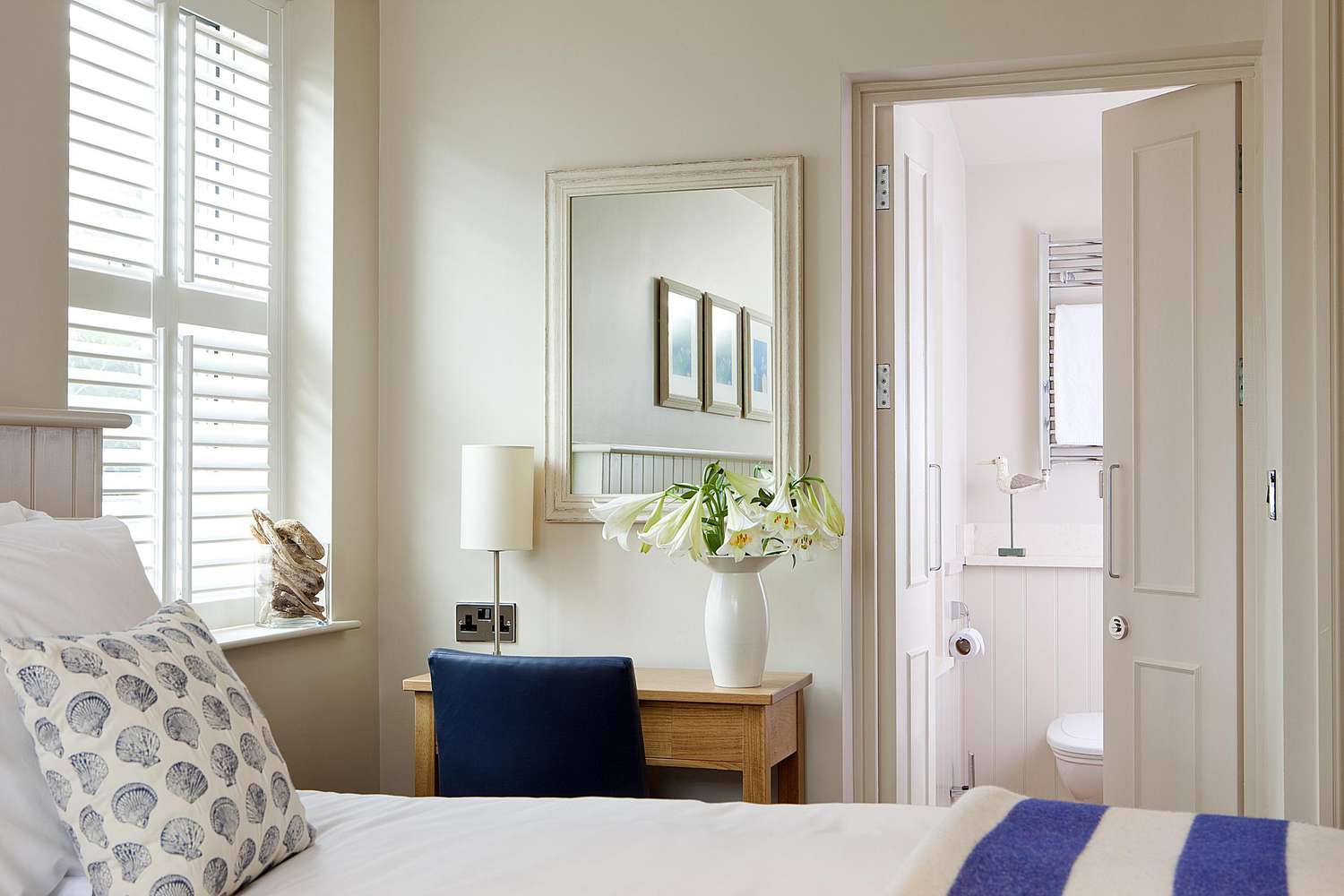
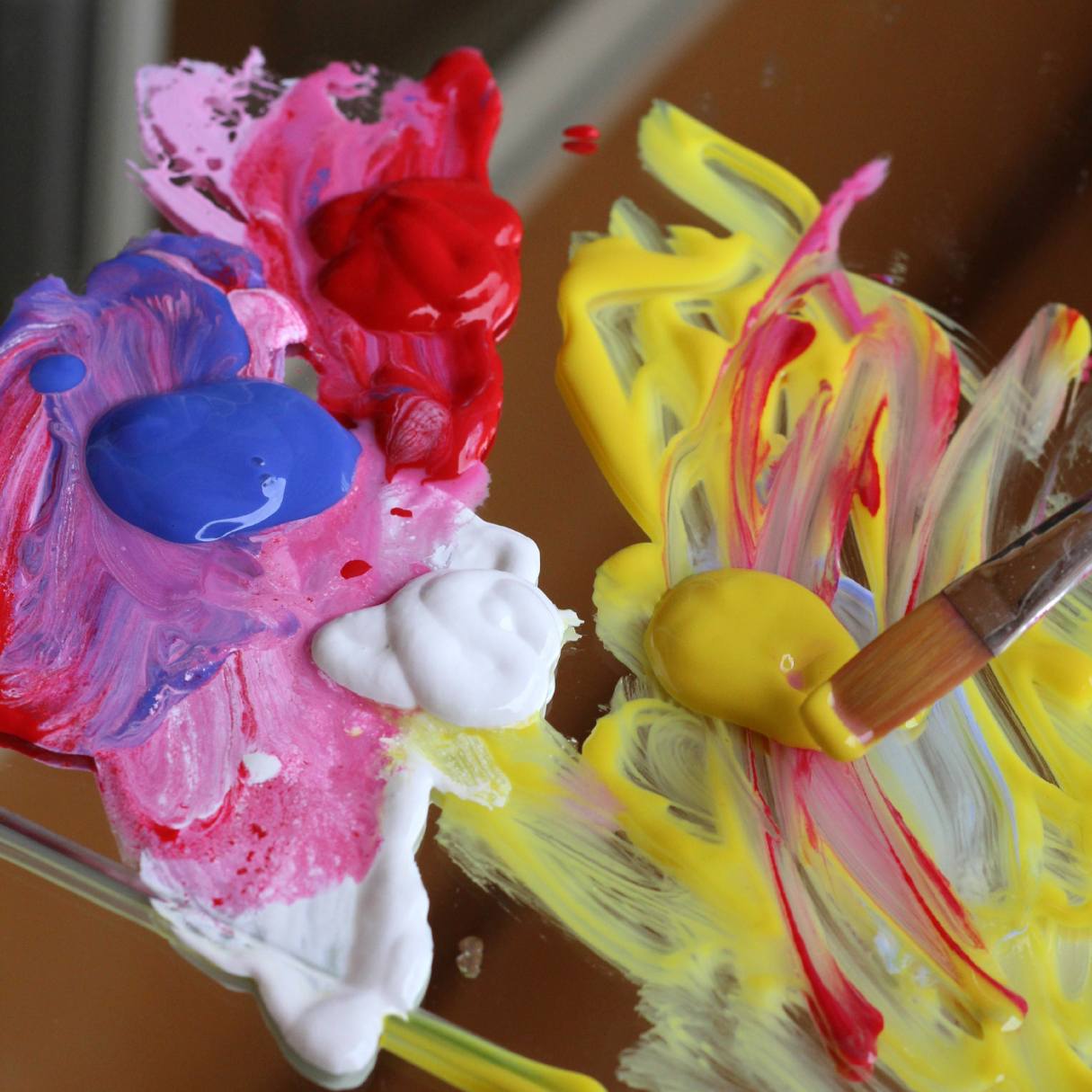
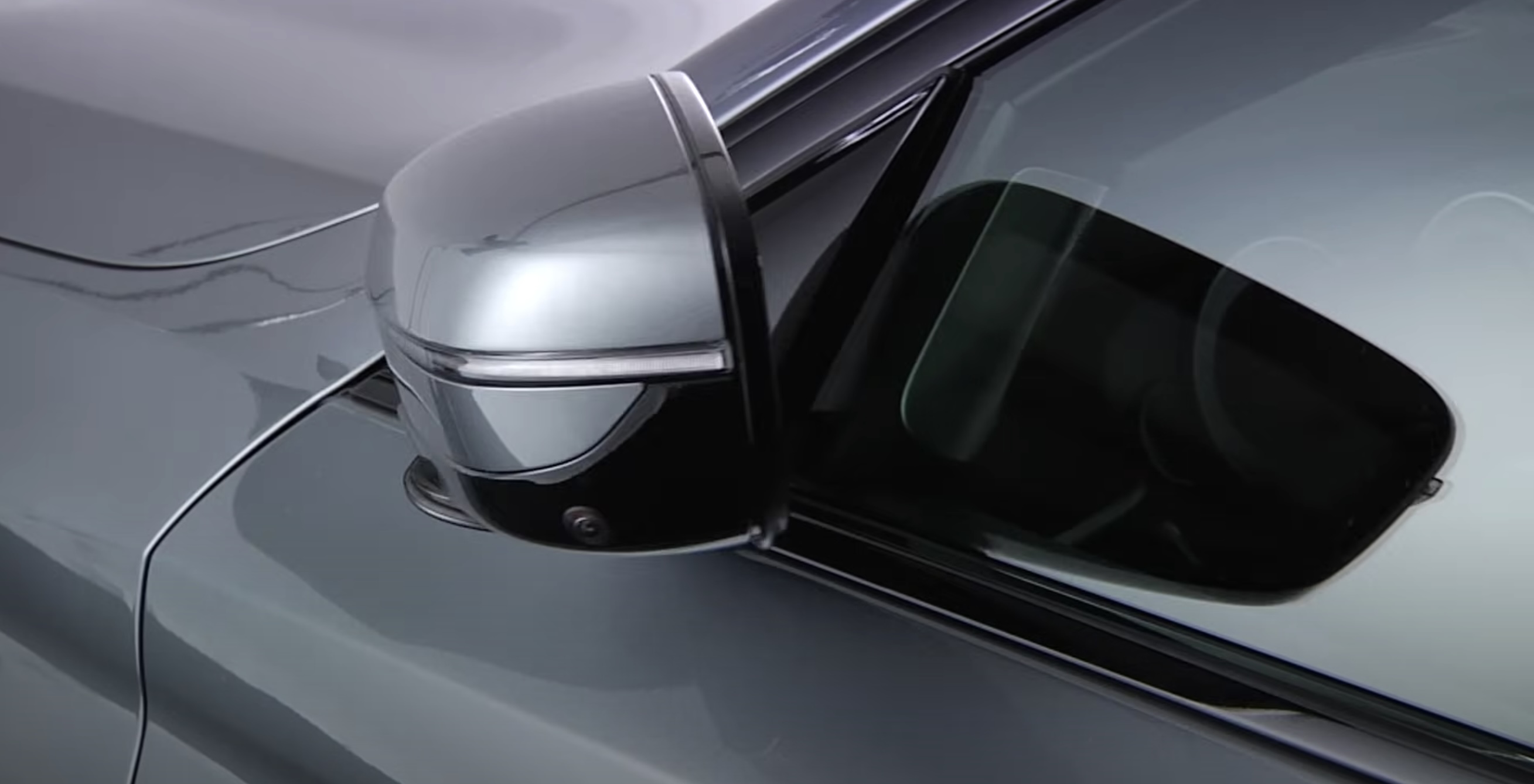
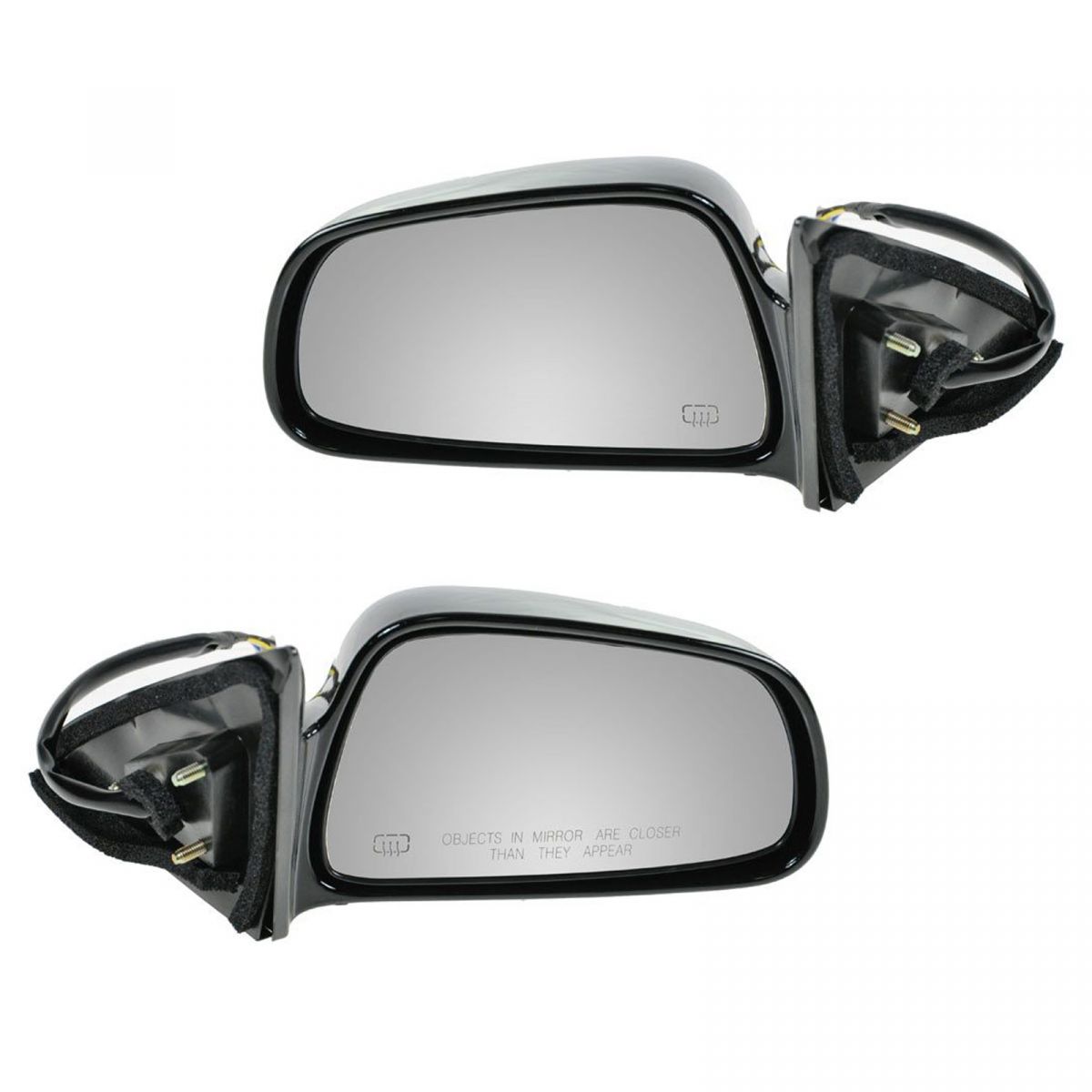


0 thoughts on “What To Hang Mirrors With”